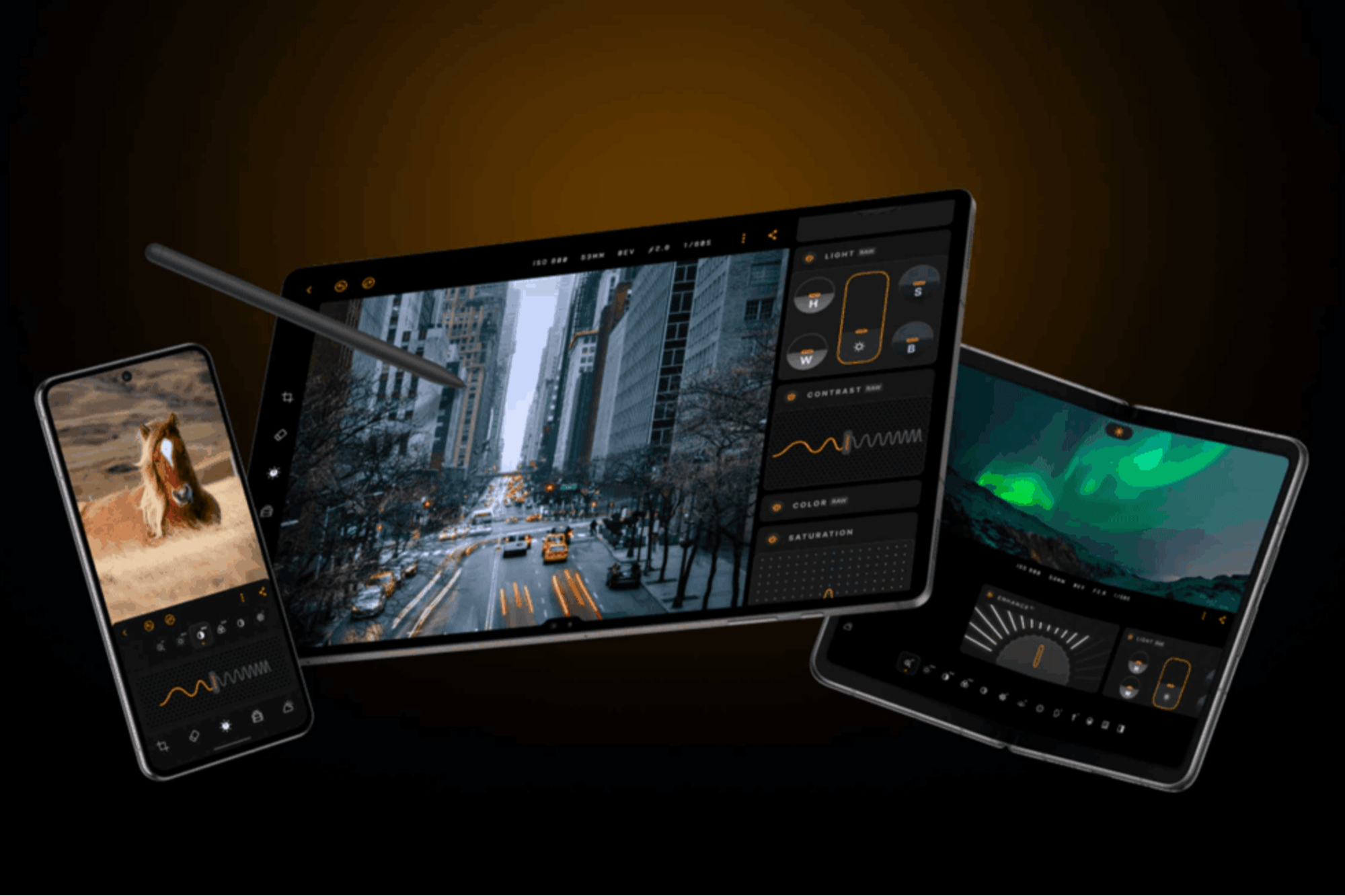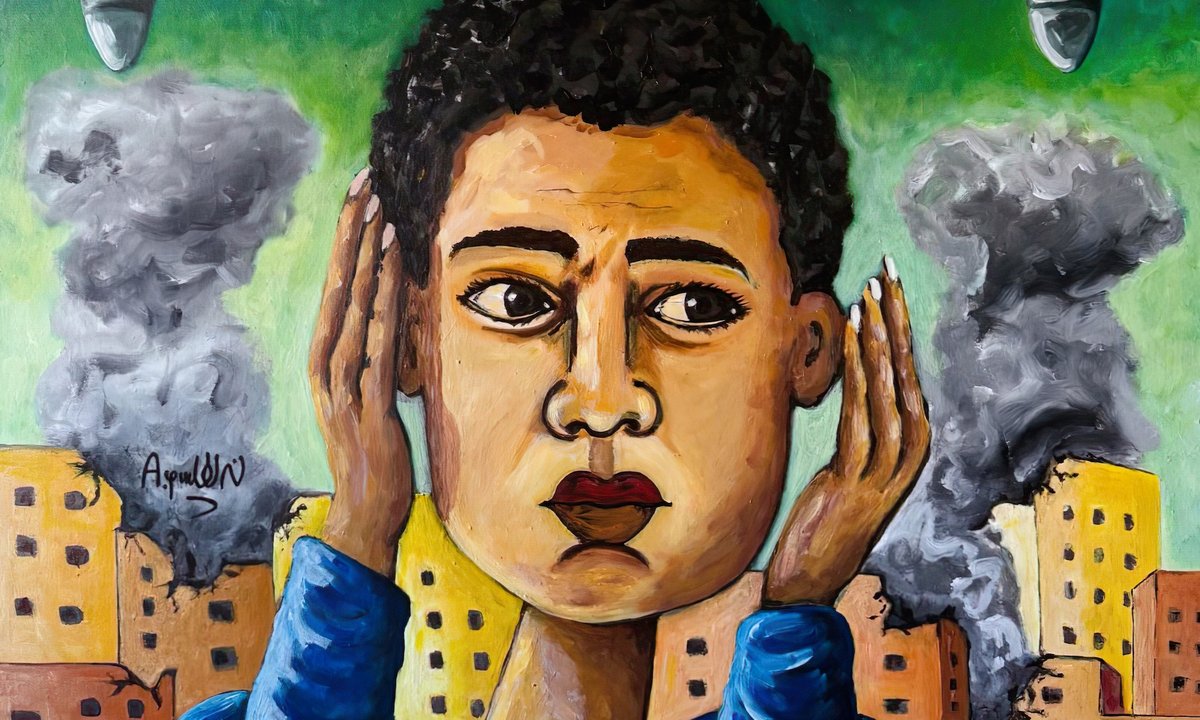The rise of Alvaro Barrington has been a rapid one: in the same year that he graduated from London’s Slade School of Art in 2017, he had his first institutional show at MoMA PS1 in New York. Since then, he has had a widely acclaimed solo show at the South London Gallery in 2021 and has worked with some of the world’s leading commercial galleries, where he has rewritten the artist representation rulebook by having ongoing and amicably fluid relationships with around eight different establishments worldwide.
Born in 1983 in Venezuela to a Haitian father and a Grenadian mother, Barrington was raised in the Caribbean and New York, and is now based in London. A commitment to community underpins his multifarious practice with artistic collaborations ranging across exhibitions, performances, concerts, carnivals and fashion projects. Although he is predominantly known as a painter, Barrington’s materials are also infinitely various, encompassing concrete, yarn, carpet, burlap, found postcards, metal security shutters and musical instruments. These are also often used in combination to form entire environments.
Barrington is the latest artist to undertake Tate Britain’s prestigious Duveen Galleries commission where he is showing Grace, an all-encompassing multimedia installation that includes paintings, sculpture, furniture and a soundscape, with a title that pays tribute to Amazing Grace, a 1993 work by his former teacher and mentor Nari Ward.

Alvaro Barrington
Photo courtesy the artist and Sadie Coles HQ
The Art Newspaper: How did you consider tackling the extensive Neo-Classical Duveen Galleries that run down the centre of Tate Britain?
Alvaro Barrington: As someone who’s not British, but the consequence of British history and who now lives here, I thought it was a great opportunity to think through what that meant for me and how I experienced it, and to put it in the spaces at Tate Britain. I think that was the most honest thing I could do. The history that is playing out in front of you is a result of that—good and bad. So there’s carnival culture, one of the greatest things that I think happened, but there’s also parts that deal with the migration part; a lot of people in the Windrush generation and after had to leave their family back home. And their family had to imagine what had happened when they came back. All of those are consequences of Britain’s reach around the world. And I am a product of that.
Your response is intensely personal: nearly half of the space is taken up by an installation and soundscape that evokes your early childhood in Grenada.
We’ve covered a third of the South Duveens with this tin roof, and we’re creating a soundscape that’s basically from this memory I have of living with my grandma in Grenada. My mom got pregnant when she was 17 and my grandma, like many other women in my community, took me in. We lived in this really small shack in the countryside, and it was the happiest and the safest I’ve ever felt. I have this memory of the rain coming and me and my cousins, we’d run into the house to play and the rain would be hitting the tin roof. So we have the sound of rain dropping and some people are also creating music: Andrew Hale, the Mangrove Steelband, Dev Hynes [who is] also known as Blood Orange. And we are streaming [Hackney-based] NTS Radio at random times. On four structures are yarn paintings that are a mix between Kandinsky and Sonia Delaunay, so it’s like looking outside into the garden as the rain blends into the sound and colour. Then you sit on these ten couches that I’ve designed, which have these blankets that you can wrap around you, and these have a different narrative meaning held within them. You can look at my story and my mom’s story all becoming one story.
I have to push painting to become more participatory again […] putting my work on a carnival float or a music stage
The couch and blankets are covered in clear plastic. Why?
In my grandma’s living room there were these sofas that had this plastic protection. My mother was forced to migrate for many reasons and grandma was protecting this furniture for when my mother finally returned to Grenada. I decided to use the plastic as the form of my grandma’s body, holding everything in. So you are being held by my grandma.
It seems to be very much about nurture.
My first show with Sadie [Coles HQ in 2019] was called Garvey: Sex Love Nurturing Famalay. And now for this work I want to look at my grandma and the invisible labour that she was doing for me. Her labour meant that my mom got to be a teenager. She got to be a kid herself, as opposed to being a kid in Brooklyn raising another kid. My grandma also protected my ability to become an artist; it was never what she imagined, but by doing the early labour, she gave me a possible future. I want to embody her labour as opposed to depicting it. I want people to feel protected, to feel like they were me in this house.
The rest of the Duveens commission is devoted to the carnival.
I love carnival culture and the second part is like being thrown into carnival. I’ve made 55 paintings of all these different carnival people—Jab Jab, Moko Jumbie on his stilts, Blue Devil—in a crowd which you are forced to walk through and around. In the Duveens rotunda there’s a 3m-high sculpture of Samantha, my sister of 30 years, dancing in Bikini Mas. Carnival is one of the only public places where you could see a woman dancing in a bikini; everyone knows this is her space and you can’t go up and dance with her. She’s dancing for herself. It’s a wonderful thing that the community has done to create a public space for a woman—and a man sometimes—and so I asked Samantha if I could borrow her likeness. We had a discussion about what it represents and how we make it happen. It was important to get the narrative right, and for a time it slowed me down. But I talked to Samantha and the community, and it’s not about a naked woman made by a male; it’s about carnival and how the community has created a space for her. My community’s truth is our truth; it’s a whole different perspective.
It is as if Samantha is the queen of the carnival, emerging out of a steel drum.
You’re 2m away because she’s standing right in the middle of a steel drum; and I’ve invited [the US drummer] Marcus Gilmore to come over and perform a panorama. The designer Jawara Alleyne is designing the bikini and the twins Soull and Dynasty Ogun are going to create a headpiece. I’m going to paint her like Phyllida Barlow painted her work; it’s as if she’s come out of J’ouvert morning carnival straight into Bikini Mas.
Is this the first figurative sculpture you’ve made?
Yes, she’s like my version of Botticelli’s Venus. One of the things I was thinking about was Venus’s backstory, which was that she was Aphrodite in Greece, but before that, in the Middle East, in areas like Iraq, she was Ishtar, the mother warrior figure. And I thought there was something really interesting about the black bodies that are taken from their mothers in Africa, and how they became daughters of whiteness. But I grew up in an era where Blackness is not a daughter of whiteness. We’re our own mother; we’ve created so much culture. Hip hop culture, reggae culture, fashion—we were the originators and creators of all these things. Blackness is its own thing. Growing up, we were having the best time; we were the coolest kids on the fucking block!
I’ve always thought of you as an art-historical omnivore. I’ve seen you getting excited in front of Tintoretto and Monet, and in your 2019 show, Artists I Steal From at Thaddaeus Ropac, among the 48 artists of all backgrounds and generations that you included were Louise Bourgeois, Willem de Kooning, Howard Hodgkin, Andy Warhol, Denzil Forrester, Lisa Brice and your old teacher at Hunter College, Nari Ward.

Barrington’s Sound of the Islands, Disya (2022) references the Disya
Jeneration sound system, long associated with the Notting Hill carnival
Photo: Stephen James; © Alvaro Barrington; courtesy the artist and Emalin
I never looked at art as white history; I just looked at it as communities exchanging. Each time Matisse went to New York, he went to the jazz clubs in Harlem. Mondrian loved jazz. Picasso’s from the south of Spain that was once colonised by the Arabs, and when you look at a lot of his colour choices, those are Arabic. The Japanese printers allowed these European Modernists to make a certain type of work; it was a communal exchange. Obviously, the dynamic of power and who got credited for it changes. And then maybe it gets erased in terms of the women’s or other cultures’ labour in the mix. But that really wasn’t the truth of what was happening at the time.
You’ve always described yourself as a painter, even though in the Duveens and beyond your paintings are accompanied by sculpture, installation, textiles, found objects and sound.
I see myself as a painter. But I also think that the painting has to be a part of the wholeness of the project. People want paintings to feel real to them, and how this has been done through digital technology has been really cheap. I believe in the painting as a physical object, I believe in the physical space, I believe in the community of the physical space. Most of the cultural narrative isn’t how painting is interesting in our lives. It’s usually the spectacle of what it’s sold for. So maybe I have to try to help push painting to become a bit more participatory again. And that’s everything from putting my work on a carnival float or a music stage, as well as in a gallery or an institution or a pop up somewhere on the beach, wherever. It has to be able to fit in the spaces.
Your belief in community seems to extend to working with a number of different galleries—eight at the last count. Why so many?
I’m an orphan. I had many women raise me and their kids became my cousins, and I loved that I was able to travel to different neighbourhoods and be welcomed there, because my mom’s friends said: “You’re my son now.” At that time New York was a bit like that movie The Warriors (1979); going from one neighbourhood to another meant you often got beaten up. But having all these family members who adopted me gave me a passport to move through the city in a way that other people didn’t. The wonderful thing about the galleries is that they are each a passport for me to understand the artists that they love, and the collectors and institutions that are important to them. Why would I say no to that?
You are also opening up part of the Whitechapel building that houses your studio to the wider art community, offering spaces for informal performances, exhibitions and gatherings. What are your plans?
Everyone has an emotional tribe and mine is immigrant working class folks, so Whitechapel where you’ve had the Huguenots, the Irish, the Jews, the Bengalis, and which has had to take on the form of its community is a place where I can bring the world to me. There are a lot of structural challenges for the arts and I want this to be the place that fights for art. [I want it to be a place that] invites artists to feel safe and to try and do something in a place where they feel like their work is going to be really seen and be met with the same amount of rigour that they put into it. This might be people coming to London to have a show who just need somewhere to make two more paintings. Or if someone is putting out an album who might want to come and play some music or do some listening sessions. We are going to organise sessions where people can bring their work for crits. During the day the pre-school next door are using the garden but it will be open for people to hang out in later. There’s also going to be a café on the street entrance and a kitchen for people to eat when there’s an event. We’re still figuring it out.
And you’re calling it Emelda’s after your late mother.
Yes, she worked from my possible future—and this is now my possible future. So I have to give her that.
Biography
Born: 1983 Caracas
Education: 2013 BFA, Hunter College, New York; 2017 MFA, Slade School of Fine Art, London
Lives and works: London
Key shows: 2017 MoMA PS1, New York; 2018 Thaddaeus Ropac, London; 2019 Sadie Coles HQ, London; 2020 Corvi-Mora, London; 2021 South London Gallery; 2021 Saint George Projects, New York; 2023 Mendes Wood DM, São Paulo
Galleries: Sadie Coles HQ, Thaddaeus Ropac, Emalin, Corvi-Mora, Blum Gallery, Nicola Vassell, Mendes Wood DM and Anton Kern
• Tate Britain Commission: Alvaro Barrington, Tate Britain, London, until 26 January 2025







